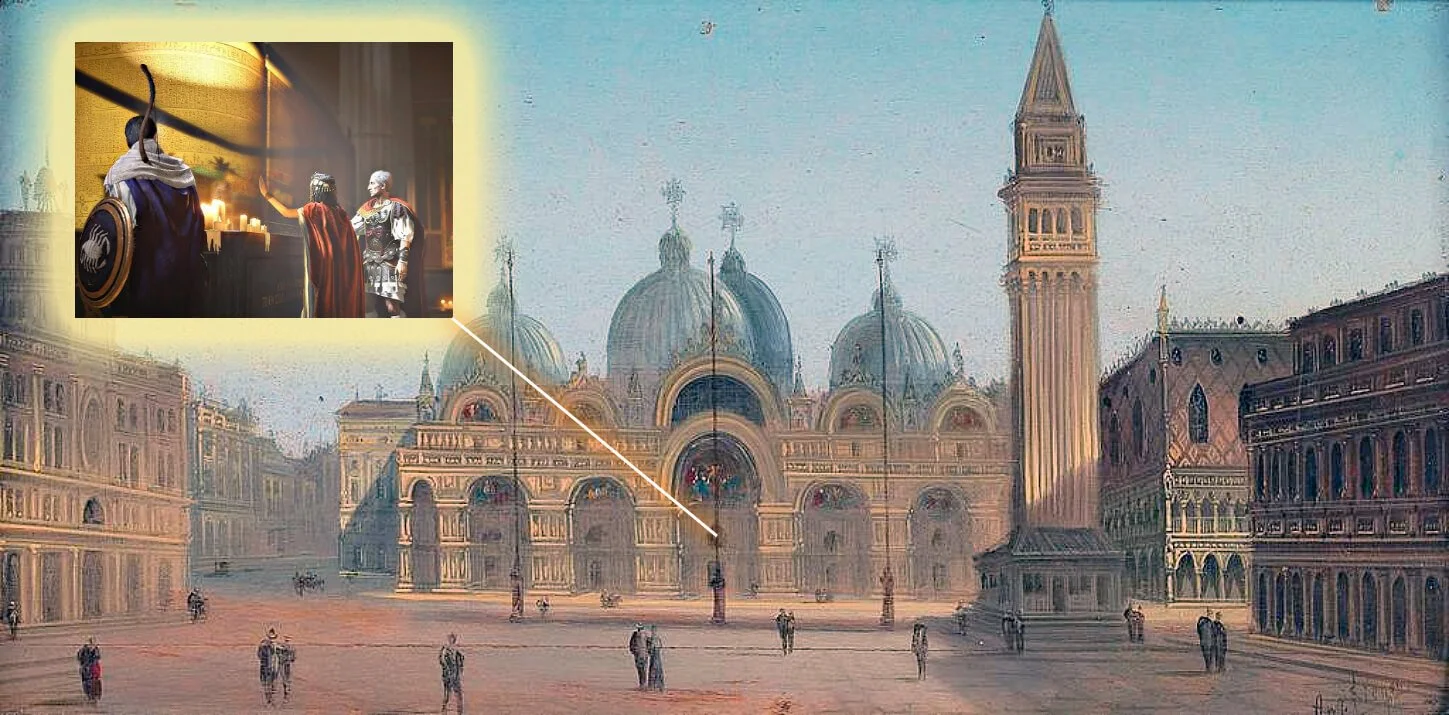During renovation work on the building that once housed the Debenhams store in Gloucester, over 300 skeletons were discovered, shedding light on the area's historical significance. The landmark site, King’s Square, is set to open this summer as a new university campus for the city.
The University has tasked the Cotswold Archaeological Service with conducting excavations at the site, which may have once been the northeastern quarter of the ancient Roman city.
Photo: Shelley Fowler / Carmelo Garcia
A Church Built on Another’s Site
Among the discoveries, archaeologists uncovered the eight-meter foundations of the western rise and the courtyard of St. Aldate’s Church, which was constructed after the medieval period, around 1750. The church's name is believed to have been derived from the Bishop of Gloucester, who died in battle in 577.
On the site of this church, another church was built under the same name, which dates back to before the Norman Conquest of England. According to historians, the medieval St. Aldate's Church was demolished in the mid-17th century after suffering significant damage during the English Civil War.
On Sunday, March 23, journalists and members of the public who took part in a guided tour of the building learned that archaeologists had uncovered 317 skeletons and 83 brick vaults.
Photo: Shelley Fowler / Carmelo Garcia
Architectural Discoveries Unearthed
Archaeologists noted a similar window design in the eastern and southern wings of Gloucester Cathedral, constructed from local limestone sourced from the Painswick quarry.
In the building's basement, where the men's clothing section of the Debenhams store once stood, the Cotswold Archaeological Service uncovered Roman pottery from the 2nd century and the foundations of a Roman wall, possibly part of a house, just beneath the ground floor.
Additionally, they discovered a cobbled surface in the same area, which scholars believe may have been part of a Roman road, dating from the 2nd to 4th centuries, along with a significant amount of Roman roof tiles that could have been used in the construction of the road.
The Cotswold Archaeological Service also unearthed pillars, which they believe may have been from the nave of the now-demolished St. Aldate’s Church, built in the 18th century, following work on the site now occupied by the Debenhams postal department.
Photo: Carmelo Garcia
Everyday Finds
Other findings from the archaeological evaluation of the site include fragments of a tobacco pipe, possibly dating back to the 16th century, and pieces of a wine bottle dating from the post-medieval period.
Graves built with brick vaults and a crypt connected to the present-day demolished St. Aldate’s Church were also discovered within a subsidiary outdoor area at the site. This church replaced an earlier medieval church, complete with its own courtyard, the remains of which are likely to be buried beneath the ground.
Cliff Bateman, head of the archaeological project at the Cotswold Archaeological Service, commented:
“This site could significantly enhance public understanding of the Roman, medieval, and post-medieval development of this part of Gloucester.”
“Gloucester is an incredibly important archaeological site. Beneath the level where we found the 18th-century church and post-medieval burials, there will be Roman buildings.”










